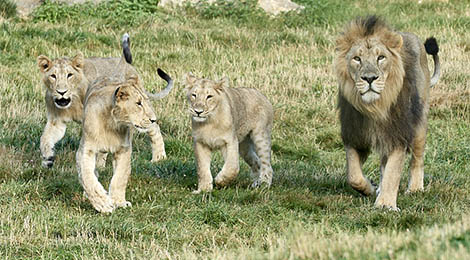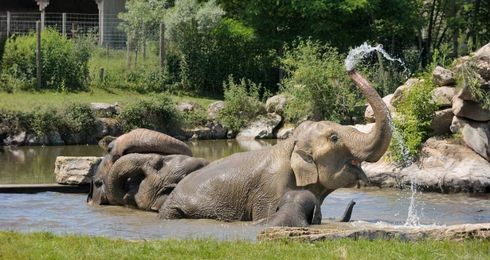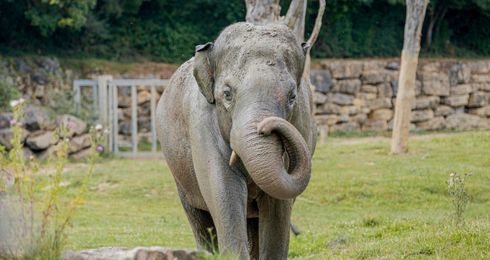The diversity of environments
You do not have to travel far to see many species of birds, butterflies, reptiles and plants. Wildlife is very present in and around the PAL!
The wild life of PAL
Indeed, as you wander through the park's alleys, it is not uncommon for you to come across many wildlife species. The diversity of environments (forests, ponds, lagoons, meadows) of the Pal favors the presence of these species.
- Migratory birds: water rattle, big beak, wrens, sword falcon
- Breeding Birds: Oriole, Black Woodpecker, Spotted Woodpecker, Green Flycatcher, Magpie Pie, Hypolaïs, White-fronted Redstart, Martin Fisherman, Flycatcher, Spring Wagtail
- Toads and frogs
- Snakes
For the lucky ones:
- Salamanders
- Newts webbed
- Common pipistrelles (bat)
- Wild cats
- European Pond Turtles
- Black storks
At PAL, green spaces are often places for relaxation and walking for visitors. Our team of Green Spaces makes every effort to take care of natural spaces and offer you a corner of paradise far from your everyday life.
The ecogests of PAL
For many years, the "Green Spaces" team has adopted an environmentally friendly management. Among the ecogests applied daily we can note, those in favor of water and biodiversity.
The water resource
The PAL uses many water saving techniques:
- Drip associated with a programmer
- Watering in the evening
- Mulching (bark, hemp ...) that has many advantages: limits watering, avoids chemical weeding, avoids the phenomenon of beating, creates a place conducive to beneficial insects, improves soil structure and growth and health plants, promotes the microbial life of the soil ...
Increased mowing height of lawns in summer
The biodiversity
The PAL makes sure to keep a natural biodiversity and develops:
- The introduction of local plant species
- The establishment of flowering meadows
- Creation of openings in the forest and voluntary abandonment of standing dead trees (habitats for insects and natural predators)
- The creation of "ecological corridors" (set of habitats or landscape elements linked together and allowing the propagation and circulation of plant and animal species): groves of trees, country hedge
- Leave a place for the wilderness by creating a wild zone that will shelter an explosion of life (a few square meters of weeds are enough)
- The creation of shelters: insect hotels (to house bumblebees, solitary wasps, lacewings), birdhouses specific to each species (tits, swallows)
Births, new arrivals, new arrivals, tips, tricks, theme days ... Stay informed throughout the year of the latest news from the park. Your favorite park will no longer have any secrets for you!
All the News





